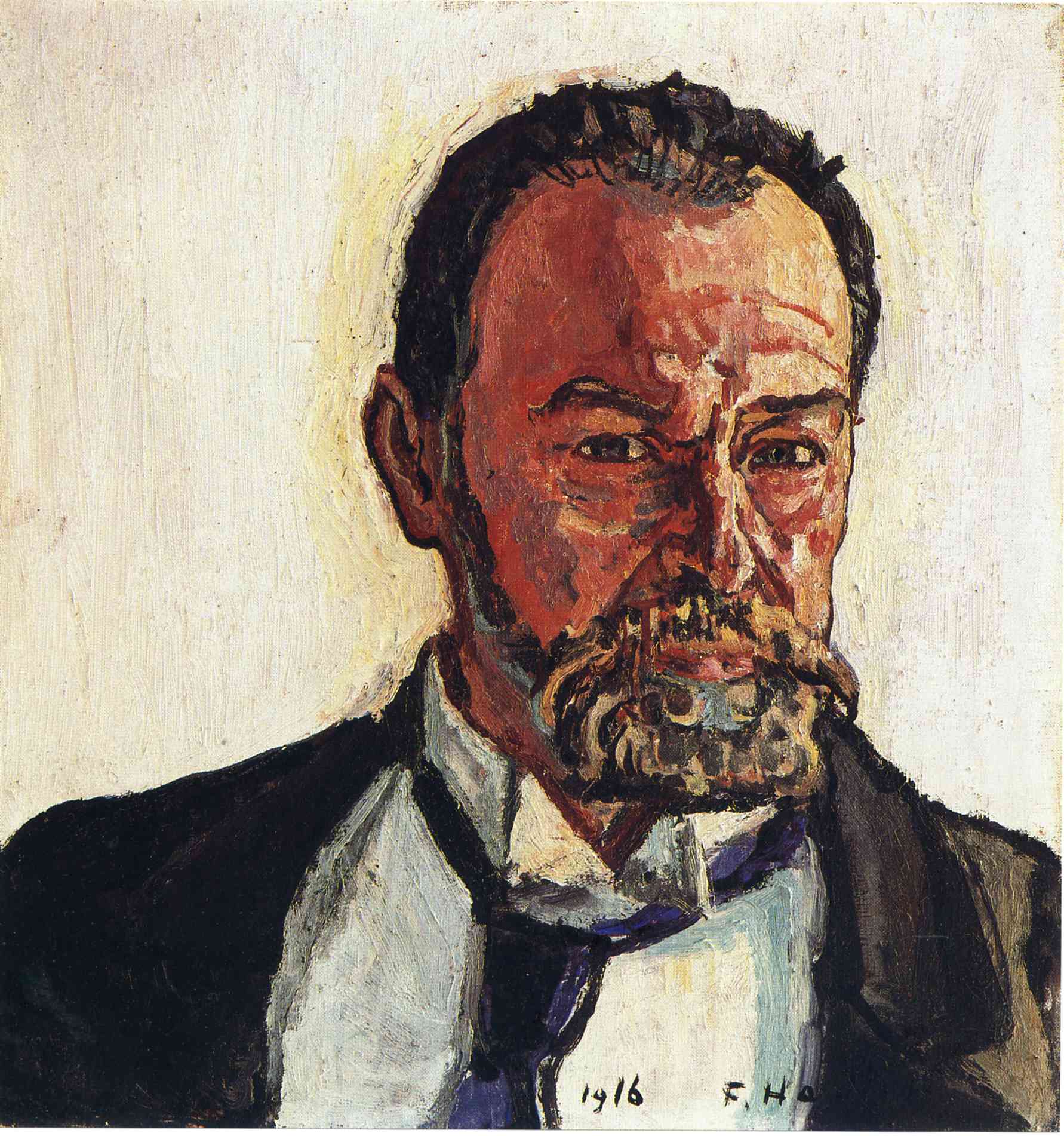
The “informalities” of Leyster’s self-portrait-its loose brushwork, casual pose, and momentary quality-reflect innovations introduced by Frans Hals in the 1620s. By using the fiddler instead, she was able to emphasize, in a single canvas, her skill in both portraiture and genre painting. In all likelihood, this would have been Leyster’s own face-a self-portrait within a self-portrait. Infrared photography reveals that the painting on the easel had originally depicted a woman’s face. Her initial plan for the self-portrait, however, had been somewhat different. The figure of the violin player in the self-portrait reprises one from a merry company Leyster had painted a year or so before. These popular genre scenes depicted revelers, costumed actors, dancers, and musicians.

Still incomplete, the canvas on the easel, showcases a type of painting for which Leyster was well known: the so-called merry company. Her facility with the brush is suggested by the freshness of her own image and by her fistful of brushes, which she easily handles against her palette. In fact, Leyster’s self-portrait serves as a piece of self-promotion, advertising both her products and her skill. She appears to have paused briefly, looking from her easel to engage a visitor to the studio-a patron, perhaps, whose attention she invites to a work in progress. With lips parted as if to speak, she is casually posed with one arm propped on the back of her chair.
#SELF PORTRAIT PAINTER FULL#
She turns toward the viewer, smiling with full confidence as she paints.

This self-portrait was probably made before her admission to the guild in 1633. Leyster was one of only two women accepted as a master in Haarlem’s painters’ guild during the entire 17th century.

She was only 19 when an earlier city chronicler, Samuel Ampzing, praised her as a painter of “good and keen insight,” after having posed the rhetorical question, “Who has ever seen paintings by a daughter?” In Holland, as in the rest of Europe, professional women painters were indeed uncommon. Theodore Schrevel’s comment about Judith Leyster puns on her name, which means “guide star,” but the artist was a star in her hometown.


 0 kommentar(er)
0 kommentar(er)
